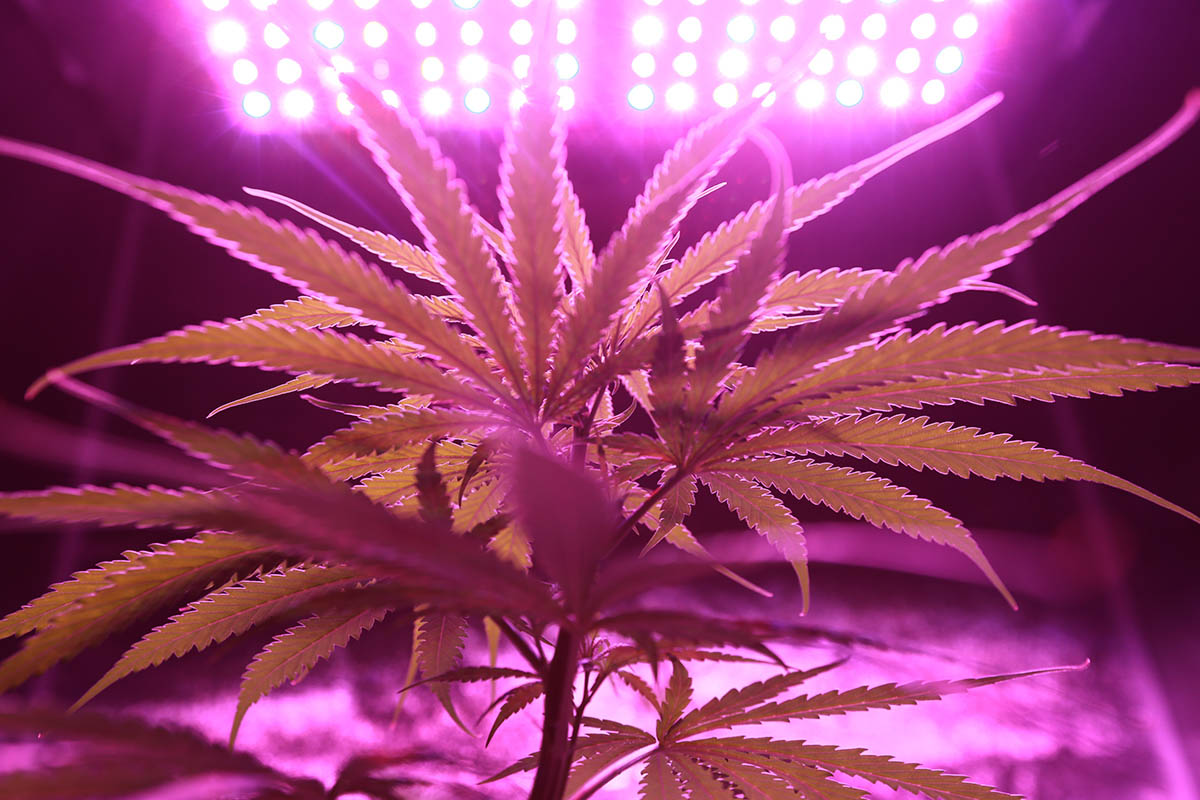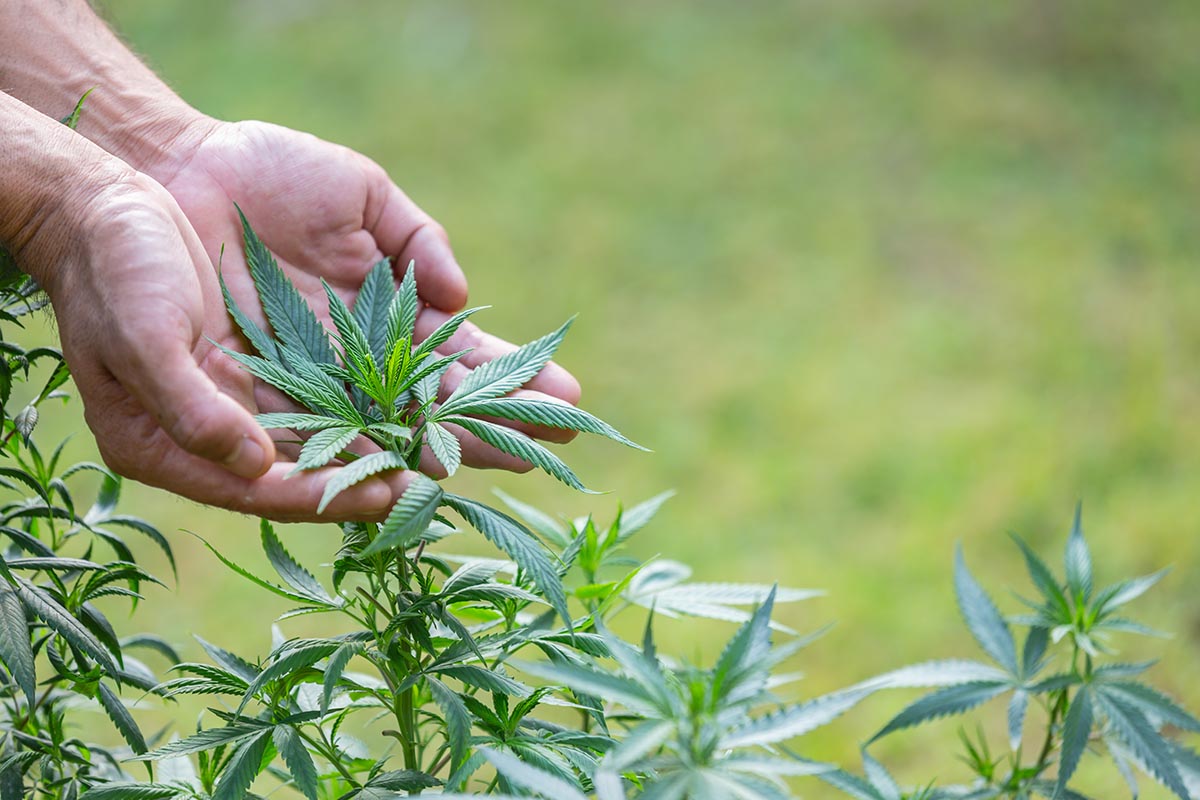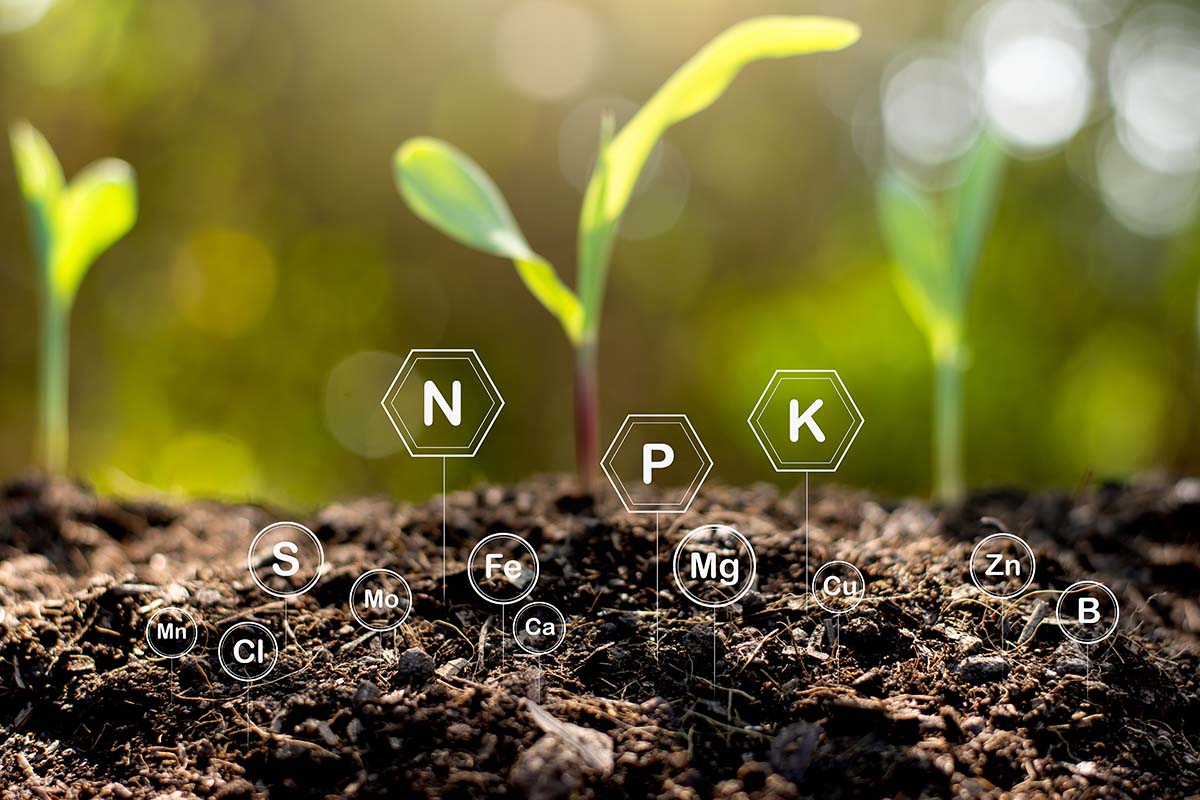An ACMPR Grower’s Take on the Best Nutrients for Growing Weed at Home
Growing weed at home? With any at-home grow op, there are tons of moving parts that have to work in conjunction with each other for a successful crop.
If one aspect is failing, it could mean lower THC levels, a less potent flavor profile, or the demise of the cannabis crop altogether.
If you’ve grown at home already, you probably already have a solid idea of what these “moving parts” are.
Things like pH levels, grow room temperature, humidity levels, and light output are the most obvious aspects to a successful grow, but there’s one thing that a lot of growers struggle with… Nutrients.
Even if you’re already fully aware that plants need nutrients to survive, there’s much more to it than that.
Figuring out the right nutrients and the proper ratios is key, and this is something that every ACMPR home-grower in Canada knows full and well.
ACMPR growers are Canadians who have received the proper licensure from the government to legally grow medical cannabis plants (sometimes hundreds of them) from home.
If anyone knows the deal about nutrients for cannabis, these are the people to listen to.
Here’s what Canada’s legal home-growing community says about nutrients and your weed crop.
Important Elements that Every Cannabis Plant Needs
The first step in figuring out the nutrients to use for your next at-home crop is to have a full understanding of the periodic table.
OK, that’s a bit of an overstatement – there’s no need to memorize all of the Earth’s elements.
But you should at least have a firm grasp on the 6 elements that help your plants to grow heartily and happily.
Here’s a quick rundown of the best cannabis nutrients that every home grow operation should include:
- Nitrogen
- Phosphorous
- Potassium
- Calcium
- Magnesium
- Sulfur
Why Your Plants Need Nitrogen
Nitrogen is possibly the most important element since it promotes healthy development, specifically during vegetation.
So many growers focus too much on flowering and fail to realize that the vegetative stage of plant growth is just as important (if not more important).
More specifically, nitrogen support chlorophyll production, and going back to basic plant anatomy, plants can’t survive without chlorophyll.
It’s responsible for helping the plant convert sunlight into usable energy. On top of that, nitrogen builds nucleic acid, which is essential for DNA and RNA.
Why Your Plants Need Phosphorous
If you want large, healthy buds, you’ll need to give your plants a good dose of phosphorous.
Even if other nutrients are available, the lack of phosphorous means that your plants won’t be able to successfully uptake those nutrients.
Phosphorous deficiency displays itself as underdeveloped roots and poor flowering.
Why Your Plants Need Potassium
Just as the human body needs a certain level of potassium, so do cannabis plants.
Potassium works to regulate healthy growing systems, like regulating water and salt concentrations and creating balance.
On top of that, this element helps to produce adenosine triphosphate (ATP for short), allowing the plant to store energy in the form of glucose to use later on.
Why Your Plants Need Calcium
Humans need calcium to build strong bones and teeth (as well as other things). Calcium plays a very similar role in plant growth and development.
A cannabis plant that gets plenty of calcium will have a solid cell wall structure, which essentially leads to more strength and better overall development.
Lack of calcium can lead to cannabis “runts”, curling leaves, and rust-colored spots.
Why Your Plants Need Magnesium & Sulfur
Similar to potassium, magnesium plays a role in glucose. While potassium is helpful for the storage of glucose, magnesium is responsible for the creation of it.
A magnesium deficiency means that a plant can’t properly convert sunlight to energy.
Growing Weed at Home: So What Are the Best Nutrients for Growing at Home?
Now that you know about the essential elements for healthy plant development, picking out nutrients should be a cakewalk, right?
It’s actually a bit more difficult than that. Nutrient labels can be hard to read, plus some brands offer higher-quality products than others.
The other tricky part is that there are some mineral nutrients (AKA micronutrients) that should also be included in plant feedings.
This includes minerals like zinc, iron, and manganese. The main thing to pay attention to, though is the N-P-K ratios.
A nutrient brand’s N-P-K values represent the amounts of nitrogen, phosphorous, and potassium, which are the 3 most essential elements for growing healthy plants.
Nitrogen should always be the highest, and the values of P and K should be about the same.
For example, an N-P-K value of 10-4-4 means that the nutrients have a concentration of 10% N and 4% P and K.
We won’t list out the best nutrient products since the decision ultimately depends on the type of grow op (hydroponics vs soil), the phase of the operation, and the grower’s budget.
Just remember to always choose a nutrient that is compatible with your growing medium and technique, and don’t overdo it – overfeeding nutrients can be just as harmful!




















